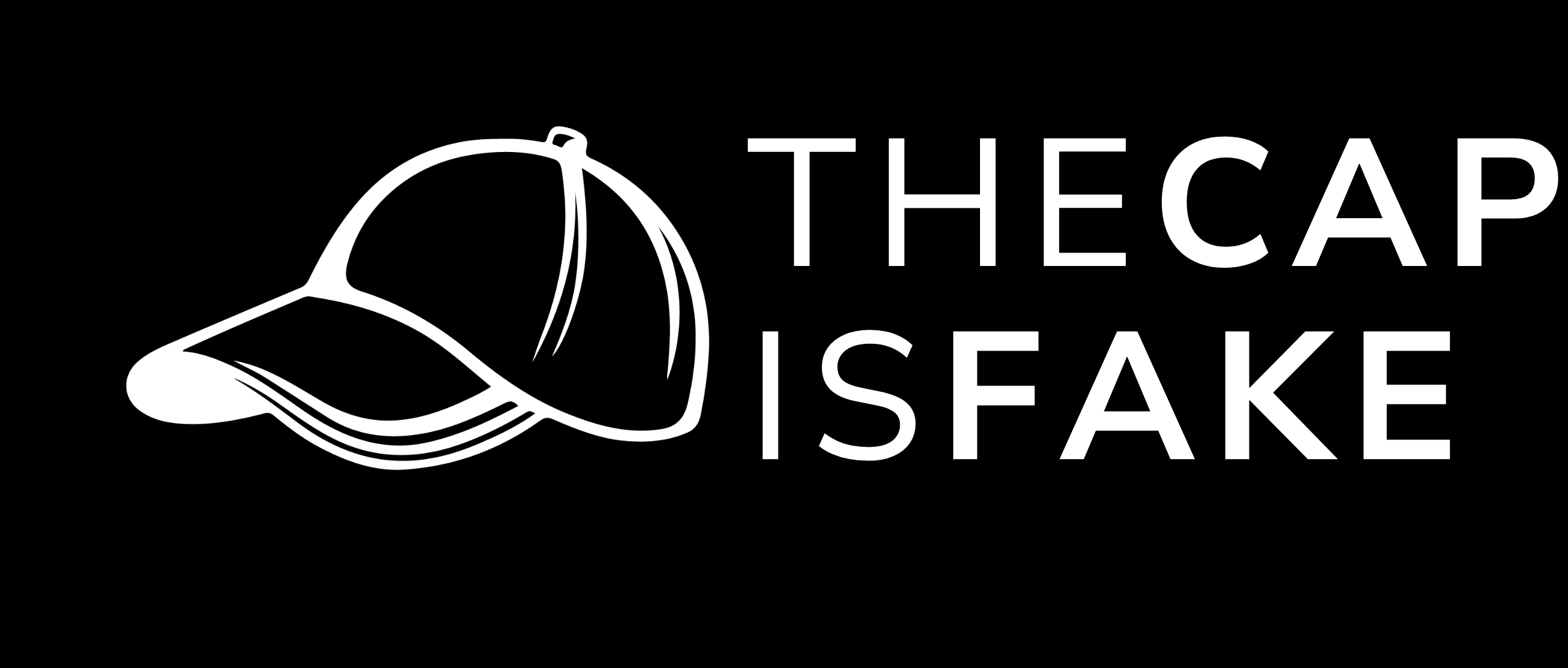
Understanding the Salary Floor and NFL Owners’ Attempt to Scam Players
In the early 1990s, NFL players wanted a much larger slice of the league’s overall revenue. One of the mechanisms that was crafted to help accomplish this was the salary floor.
What is the NFL salary floor? The NFL salary floor is the minimum amount of money that each NFL team must spend on their players’ compensation. The salary floor is a percentage of the NFL salary cap. In addition to the specific minimum for each team, there is also a collective league-wide minimum too.
The advent of the salary floor in 1994 seemed to be great for the players. But as you’ll see in this article, after a few years, several NFL teams deployed unethical tactics to circumvent the spirit of the salary floor rules, denying the players their proper share of revenue.
How is the NFL Salary Floor Calculated?
Since 2011, the NFL salary floor has been determined using a four-year rolling average.
What is the amount of the salary floor in the NFL? Each NFL team has been required to spend a sum of money, on player compensation, that is equal to or greater than 89% of the collective salary cap numbers over the previous four seasons. NFL teams do not necessarily need to spend 89% of the salary cap number in each league season, but they must meet or exceed an average of 89% over the previous four seasons.
Some teams may fall below the 89% benchmark in multiple seasons, but they can make up for it with one or two big contracts in one particular season. Let’s see how this practically plays out.
| Year | Salary Cap |
| 2021 | $182.5 million |
| 2022 | $208.2 million |
| 2023 | $224.8 million |
| 2024 | $255.4 million |
| Total | $870.9 million |
As shown in the table above, the total sum of the salary caps from 2021-2024 was $870.9 million. This means that each NFL team must have spent a total of $775.1 million (89% of the $870.9 million sum) on player compensation over the course of those four seasons.
Team payrolls are audited by the NFLPA each year in September. The NFLPA auditors look-back on the previous four seasons. If they find that any NFL team was below the required threshold, over the previous four seasons, that particular NFL team must then evenly pay out the difference to all the players who were on the team’s roster at any time during those previous four seasons.
Only Cap Charged Monies Count
Important to note, only those monies that have already been allocated against the salary cap can count toward the salary floor.
For example, in March 2023 the Eagles signed Jalen Hurts to a five-year, $255 million contract extension. In the first two seasons of that deal, the Eagles paid Hurts more than $64 million in real money, but only $19.75 million has already actually been charged against the NFL salary cap ($6.17 million in 2023 and $13.58 million in 2024).
The Eagles pushed more than $44 million of Hurt’s money forward to be eventually charged against the salary cap in future league years; therefore, when the NFLPA audits the Eagles’ books later this year and does a look-back for the 2021–2024 seasons only the $19.75 million, that has already been charged against the cap, will count towards that total minimum requirement of $775.1 million that each NFL team would have been expected to pay out during that time period.
Of course, the Eagles have plenty of monies from previous seasons, that have been paid out and had previously been pushed forward, which will ensure they meet the salary floor requirement.
The 95% League-Wide Minimum
In addition to each team’s specific floor, there’s a league-wide floor too. The NFL teams must (collectively) spend 95% of the salary cap within the same four-year look-back period.
For example, the total sum of the salary caps from 2021-2024 was $870.9 million (as shown above). When the NFLPA auditors do their annual audit later this year, they will average the amount of monies each NFL team has spent on player compensation over the last four seasons. The average (mean) spent by each of the 32 NFL teams must be equal to or greater than $827.36 million (95% of the $870.9 million total).
Similar to the team specific audits, if the NFLPA finds that the collective sum is less than the 95% threshold, over the previous four seasons, monies would then be paid out to all players who were in the NFL during that time period. These monies would be paid out from league-wide shared revenues.
Four-Year Averages Needed, Because NFL Owners Are Scam Artists
From 1994 to 2009, the salary floor was 84% of the salary cap (five percentage points lower than today). And there was no league-wide collective expectation, like we have today.
However, the biggest issue was that the formula didn’t count actual monies spent; the formula called for “salary cap charges” to be counted to determine if teams met the salary floor requirements.
For example, the NFL salary cap in 2007 was $109 million. In the 2007 season, the Minnesota Vikings had salary cap allocations of $101 million, which was 92.6% of the salary cap that season—they were seemingly above the 84% expectation.
But several NFL teams, including the Vikings, found a loophole!
Since the salary floor at the time didn’t count actual monies spent by teams—it only included salary cap charges—teams began offering players various incentives, as part of their contracts, that were extremely unlikely to ever be earned. But the teams could count those potential incentives against the salary cap in the present league year, artificially boosting their salary cap charges.
For example, in 2007 the Vikings signed defensive lineman Pat Williams to a contract extension that included a $13.2 million incentive bonus, if he hit a certain number of tackles on special teams.
The Vikings were able to label this a “Likely to be earned” (LTBE) incentive. According to the salary cap protocols, at that time, any LBTE incentive could against the cap immediately; therefore, the entire $13.2 million sum counted against the Vikings’ salary cap in the 2007 season—and that $13.2 million sum also counted toward the Vikings salary floor requirement, as if they had actually already paid out that bonus money.
But, here’s the loophole, Williams was never going to earn that incentive because Williams never played special teams for the Vikings! The Vikings never paid out those monies, but they were still deemed to be in compliance of the salary floor expectations.
If you remove that $13.2 million incentive from the Vikings’ salary cap allocations, the number drops from $101 million to $87.8 million—which was only 80.5% of the salary cap that season, below the 84% expectation. The Vikings followed the letter of the law, but they certainly did not follow the spirit of the law.
How the Vikings Scammed the NFLPA: NLTBE Incentives vs. LTBE Incentives
Incentive bonuses are categorized as “likely to be earned” (LTBE) or “not likely to be earned” (NLTBE). LTBE incentive bonuses were counted against the present year’s salary cap while NLTBE incentives could be pushed into future years.
But an incentive would typically be determined to be “likely” if the player had come close to hitting that incentive in the previous season.
For example, Pat Williams had 37 tackles in 2006. So, going into the 2007 season, the Vikings could have offered him an incentive bonus that would be paid out to him if he hit 40 tackles in a season. That would be considered LTBE (because it’s within range of Williams’ previous production) and the incentive amount would count against the immediate salary cap (in this example, the 2007 season).
But if the incentive demanded that Williams rack up, let’s say, 65 tackles, then that would be considered NLTBE and it would not count against the 2007 season—and in the unlikely event that Williams did get 65 tackles in 2007, the incentive bonus money would then count against the 2008 salary cap.
But, the Vikings didn’t offer Williams a contract with any reasonable incentives. Instead, they deployed a scam.
Instead of the incentive bonus being tied to overall tackles, the contract specifically tied the bonus to “special teams tackles.” Why? Because before 2010, special teams tackles were always considered LTBE. Williams may not have played special teams in 2006 but if they claimed that they intended him to play special teams in 2007, the incentives would be considered LTBE.
Teams could insert this sort of incentive into the contract and if they were ever called on it, they could always easily say something like, “Oh, we intended to have him play special teams, but our plans changed after he signed the contract.”
The Scam Got Worse: Salary Cap “Credits”
After Williams did not hit the incentive for the $13.2 million bonus, the Vikings then received a “credit” back for those salary cap charges. In 2007, they carried that $13.2 million cap hit, so when the monies were not paid out, they got a credit (and this is actually still the norm in the NFL—if any NFL team allocates a portion of their salary cap toward an incentive that is not ever hit by the player, then the team gets a credit toward a future league year salary cap).
In this case, the Vikings received a $13.2 million credit towards the 2008 NFL salary cap. The league-wide salary cap in 2008 was $116 million, but the Vikings were allowed to spend up to $129.2 million that season, if they wanted to.
Of course, that also meant that they would be required to hit a salary floor based upon that higher adjusted number—the salary floor for most NFL teams in 2008 was $97.44 million (84% of $116 million), but for the Vikings their 2008 salary floor would have been $108.52 million (84% of the bigger number).
But to hit that salary floor expectation in 2008, the Vikings could simply elect to pull the same shenanigans that they had pulled the earlier season. And, if the NFL hadn’t changed the protocols in 2011, then the Vikings (and other NFL teams) could have continued to pull the same stunt, each and every season, indefinitely and with impunity.
2011 CBA Changes Related to Salary Floor
Several teams pulled these types of salary floor shenanigans over time, and the NFLPA hated it. So, when the new CBA was negotiated in 2011, the NFLPA demanded changes:
• The four-year rolling averages were introduced as means of limiting these types of tactics; it’s much harder to dodge a requirement tied to a four-year rolling average.
• The NFLPA insisted on the league-wide minimum, hoping it would cause NFL owners to put pressure on their peers; if the owners that actually spend big money on players are carrying the weight of that NFL league-wide 95% threshold, then hopefully they can seek to hold accountable the cheap NFL owners.
• There’s now much clearer guidelines around LTBE incentives vs. NLTBE incentives; this has not eliminated all of the shenanigans, but it has weeded out the most egregious examples.
• The team specific threshold went from 84% to 89% per season. That’s obviously huge.
• The accounting formula changed; instead of merely counting salary cap charges, the salary floor formula now uses actual monies spent by NFL teams, that have already been counted against the salary cap.
These changes have led to the players now getting a much larger slice of the overall revenue pie.
Kenny is the chief content creator for thecapisfake.com and contributor at walterfootball.com. He’s also a adjunct professor, Christian minister, author, entrepreneur, and overall sports fanatic.


